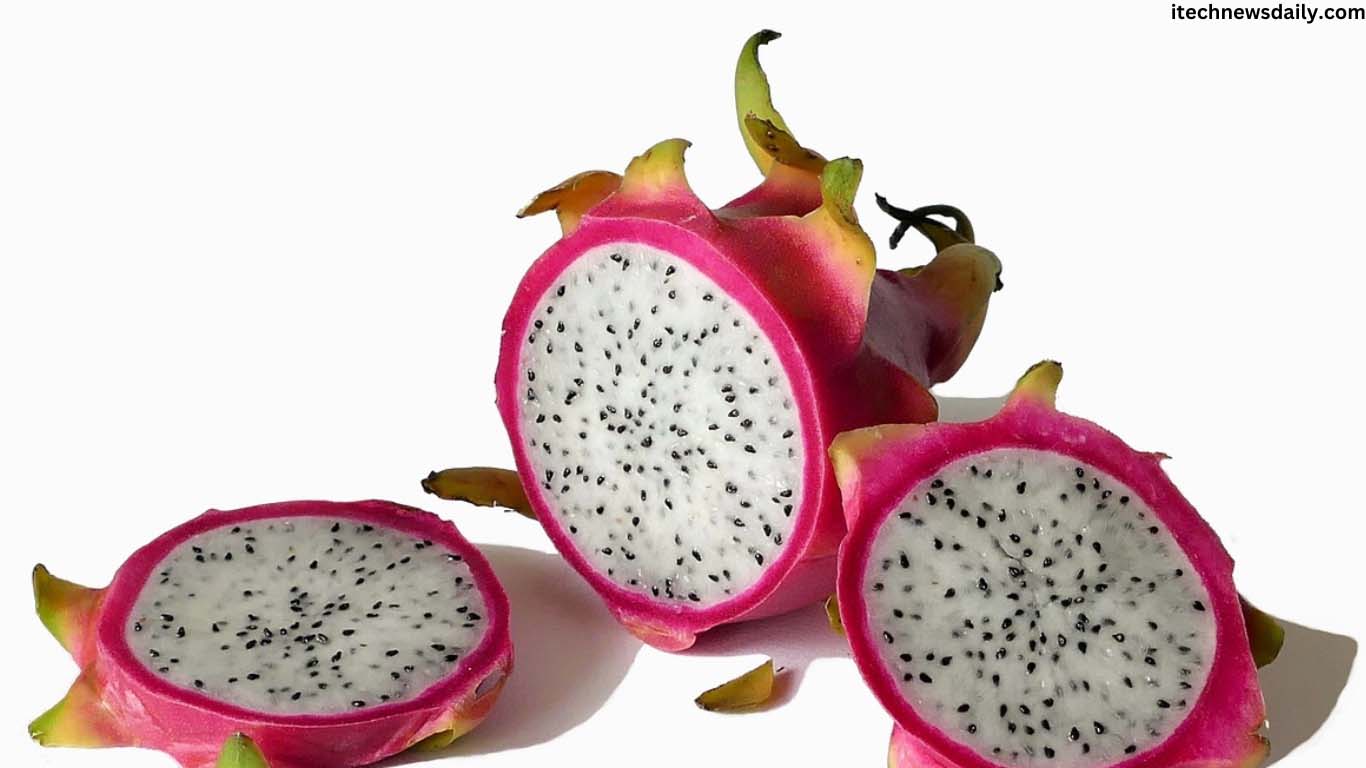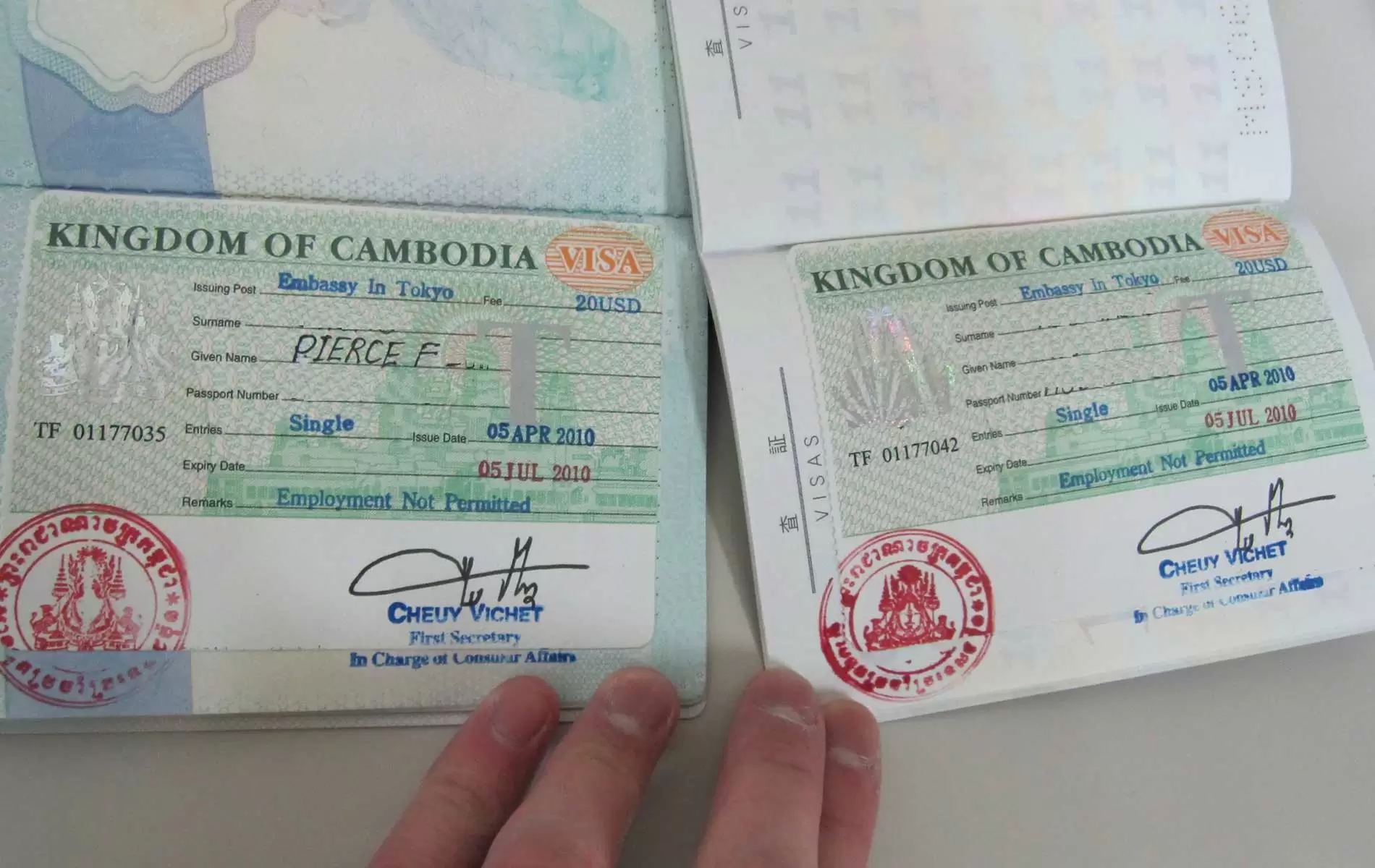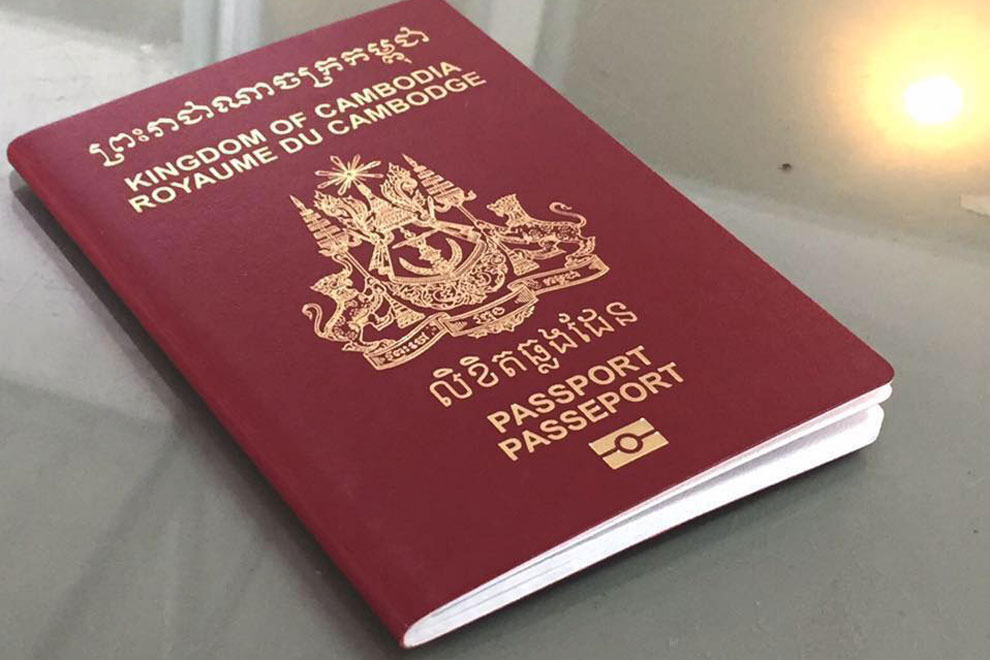
Dragon fruit, also known as pitaya or pitahaya, is a visually striking and nutritious tropical fruit that has gained popularity in recent years. With its vibrant pink or yellow skin and speckled white or red flesh dotted with tiny black seeds, dragon fruit is not only a feast for the eyes but also a delicious and healthy additional to your diet. However, choosing the right time to consume dragon fruit is crucial to fully enjoy its sweet and mildly tangy flavor. In this comprehensive guide, we will explore the various aspects of how to tell if dragon fruit is ripe, ensuring you savor the best this exotic fruit has to offer.
Understanding the Types of Dragon Fruit
Before delving into the ripeness indicators, it’s essential to familiarize yourself with the two main types of dragon fruit commonly available: the Hylocereus undatus (white-fleshed) and the Hylocereus polyrhizus (red-fleshed). While both types share similar external characteristics, their flesh colors and flavors differ. The white-fleshed dragon fruit is typically sweeter with a milder taste, while the red-fleshed variety tends to have a slightly more tangy flavor.
Now that we have an understanding of the dragon fruit varieties, let’s explore the key indicators to determine the ripeness of this exotic fruit.
Color of the Skin
One of the primary visual cues to assess the ripeness of dragon fruit is the color of its skin. The ideal color varies between the two main types:
- White-fleshed Dragon Fruit: Look for a bright, even-colored pink or yellow skin. Avoid dragon fruits with greenish hues, as this indicates they are underripe. The skin should have a glossy appearance, and any blemishes or dark spots may suggest overripeness.
- Red-fleshed Dragon Fruit: Similarly, a vibrant and evenly colored pink or red skin is an indicator of ripeness. Avoid dragon fruits with greenish tones, and be cautious of overly dark or shriveled skin, as these may be signs of overripeness.
Texture of the Skin
In addition to color, the texture of the dragon fruit’s skin is crucial in assessing its ripeness. Gently press the skin with your fingers – it should give slightly, similar to the feel of a ripe avocado. If the skin feels too firm, the fruit may still be underripe, while overly soft or wrinkled skin could indicate overripeness.
Firmness of the Fruit
When selecting a ripe dragon fruit, consider its overall firmness. A ripe dragon fruit should yield slightly to gentle pressure, indicating that the flesh inside is soft and juicy. If the fruit feels too hard, it is likely underripe, while excessive softness may signify overripeness or spoilage.
Size and Weight
While not the sole determinant of ripeness, the size and weight of a dragon fruit can offer additional clues. A ripe dragon fruit should feel heavy for its size, suggesting that it is filled with juicy flesh. However, be cautious of fruits that feel disproportionately heavy, as this may indicate excessive moisture content, possibly a sign of overripeness.
Shape and Symmetry
Examine the overall shape and symmetry of the dragon fruit. A ripe fruit should have a well-rounded and symmetrical appearance, free from deformities or irregularities. Fruits with an even shape are more likely to have developed uniformly, ensuring a consistent ripening process.
The Presence of Dry Petals
The “petals” or scales on the dragon fruit’s skin, technically known as bracts, are another factor to consider. As the fruit ripens, these bracts may begin to dry and turn brown. While some dryness is normal, excessive browning may indicate overripeness. Conversely, a lack of dryness could suggest underripeness.
Aroma at the Stem End
A ripe dragon fruit often emits a subtle, sweet aroma at the stem end. Gently sniff the fruit near the stem – a fragrant smell is a positive sign of ripeness. However, an overpowering or fermented odor may indicate overripeness or spoilage.
Vibrancy of Flesh Color
Once you’ve selected a dragon fruit based on its external characteristics, it’s time to assess the color and texture of the flesh. Cut the fruit open, and inspect the color of the flesh – it should be vibrant and consistent throughout. For white-fleshed dragon fruit, a pale pink hue is ideal, while red-fleshed dragon fruit should showcase a rich, deep red color. Avoid fruits with dull or faded flesh, as this may indicate underripeness.
Seed Color and Crunchiness
While the tiny black seeds in dragon fruit are edible and add a delightful crunch, their color can provide additional insights into ripeness. In a ripe fruit, the seeds should be black and evenly distributed. Underripe dragon fruit may have pale or white seeds, while overripe fruits may contain seeds that have turned brown. Additionally, the texture of the seeds should be crunchy, not hard.
Conclusion
In conclusion, determining the ripeness of dragon fruit involves a multi-faceted approach that considers various visual, tactile, and olfactory cues. By paying attention to the color, texture, firmness, size, shape, dryness of petals, aroma, flesh color, seed color, and seed crunchiness, you can confidently select a dragon fruit that is at its peak of ripeness.
Experimenting with different dragon fruit varieties and observing how each responds to these ripeness indicators will enhance your ability to choose the perfect fruit every time. Whether enjoyed on its own, added to fruit salads, or blended into smoothies, ripe dragon fruit is a delightful and healthy addition to your culinary repertoire. With this comprehensive guide, you are well-equipped to embark on a flavorful journey through the world of dragon fruit, savoring the sweetness and vibrancy it brings to your palate.










